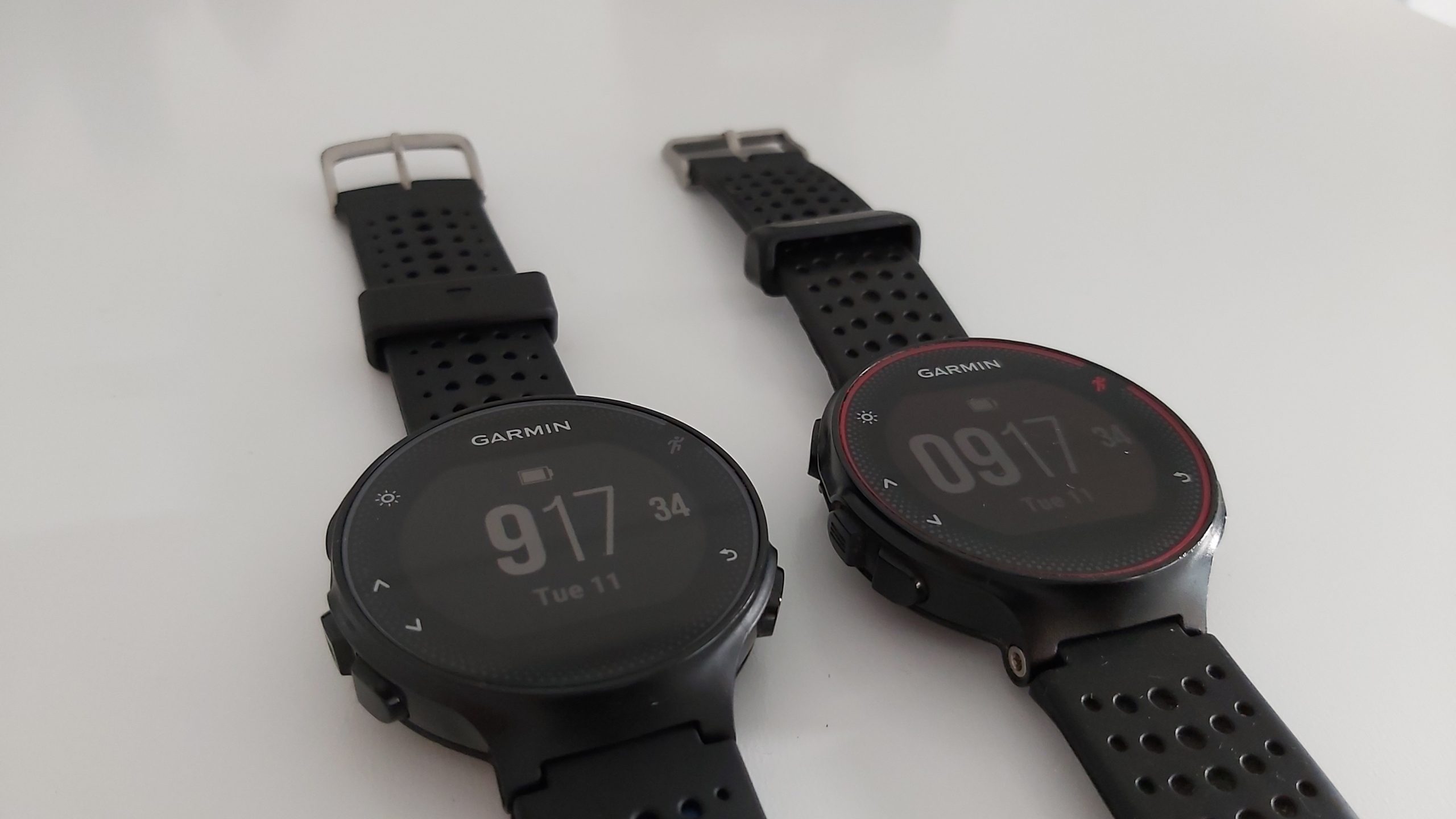There’s a plethora of data available from running watches and other accessories these days. Whilst I advocate listening to your body as well as some information when running, after the training session or race, you can use an abundance of data to figure out a few things you might not have realised, in order to run better.
Working with my clients, I analyse each run, looking at pace (including how relative it is to the target pace and elevation), training effect (how hard the session was), cadence and stride length. This blog highlights the story of a client as he began his journey with me recently (with his permission).
Cadence
Everyone runs slightly differently, and that’s absolutely normal. The client had a cadence of around 160, not a huge issue in itself, but when I looked at how this changed from his warm-up to his moderate effort and then hard effort miles, there was only a marginal difference of around 3-5 steps per minute (SPM), much lower than would be ideal.
Stride length
This meant that his stride length was the variable that changed most, and sure enough, it was increasing significantly as he got faster. This in itself isn’t unexpected as faster running generally means a stronger muscle contraction, which causes a longer stride length and higher cadence. In the absence of a cadence increase however, it points to a mechanical increase via reaching forward with the foot.
Foot landing
Regardless of heel striking or not, over-striding is not ideal (heel strike doesn’t automatically mean there’s an issue or change needed). Over-striding means that no matter where your foot lands, it’s too far in front relative to the rest of your body, causing deceleration and more work needed to run the next step.
This client had come to me with recurring hamstring pain, so I wasn’t surprised to see the cadence and stride length data that I did. The reaching forward with the leg, meant the hamstring muscles were being stretched with every step.
Data for informed decisions
Usually we’d see this early on in a Runner’s MOT however, with the Covid-19 restrictions in place at the time, this wasn’t an option, so the data became a more important part of the initial analysis until we could meet up.
Making some educated assumptions based on the cadence and stride length data, I asked him to try increasing his cadence a little and trying to pull through with his leg, focusing on the movement behind rather than in front. Sure enough, within a couple of weeks he was running just as fast if not more so, but without the hamstring issues that had been causing missed training and pain previously.
Extra information
Accessories such as the Garmin Running Dynamics pod and some of the chest strap heart rate monitors also give information about the height you’re off the floor (vertical oscillation) and how that relates to your stride length (vertical ratio) to show how efficiently you’re running, and can be used to give clues on injuries via ground contact time (G.C.T.) and the balance of this from left to right (G.C.T. balance).
Most of this is actionable whether it be through drills, different types of strengthening exercise or muscle conditioning (massage, foam rolling, stretching etc.) allowing you to run faster and/or with a reduced injury risk.
Listen to your body, but don’t be afraid to crunch some numbers and look for patterns that may just be the clue to your next level of improvement and/or enjoyment of running.
Written by Kyle Brooks, Running Coach based in Norwich, Norfolk

